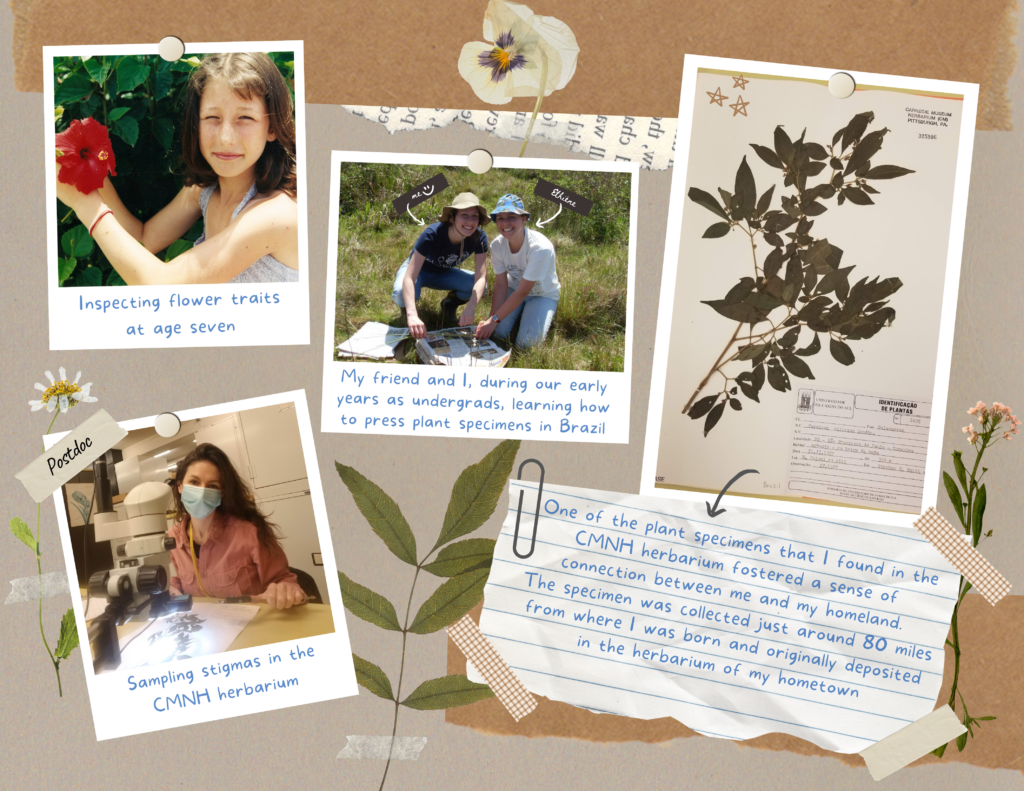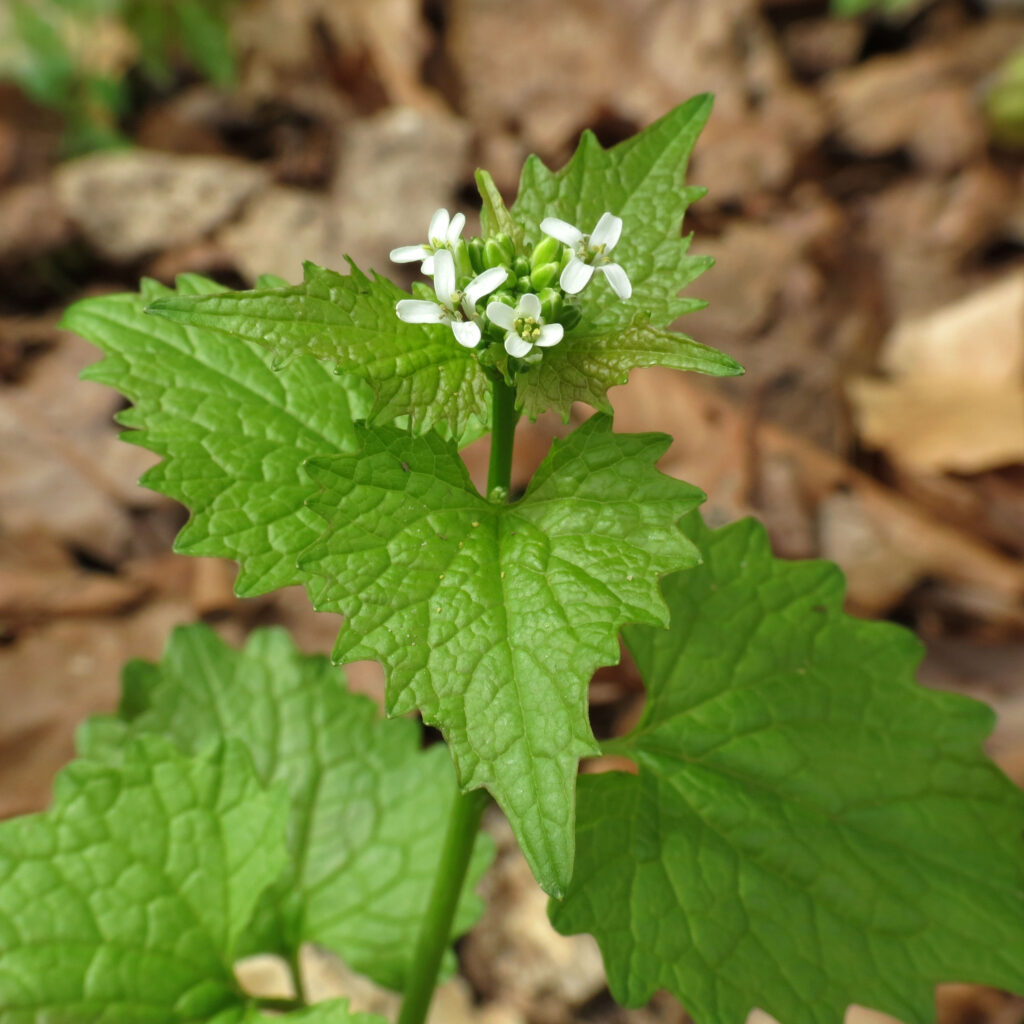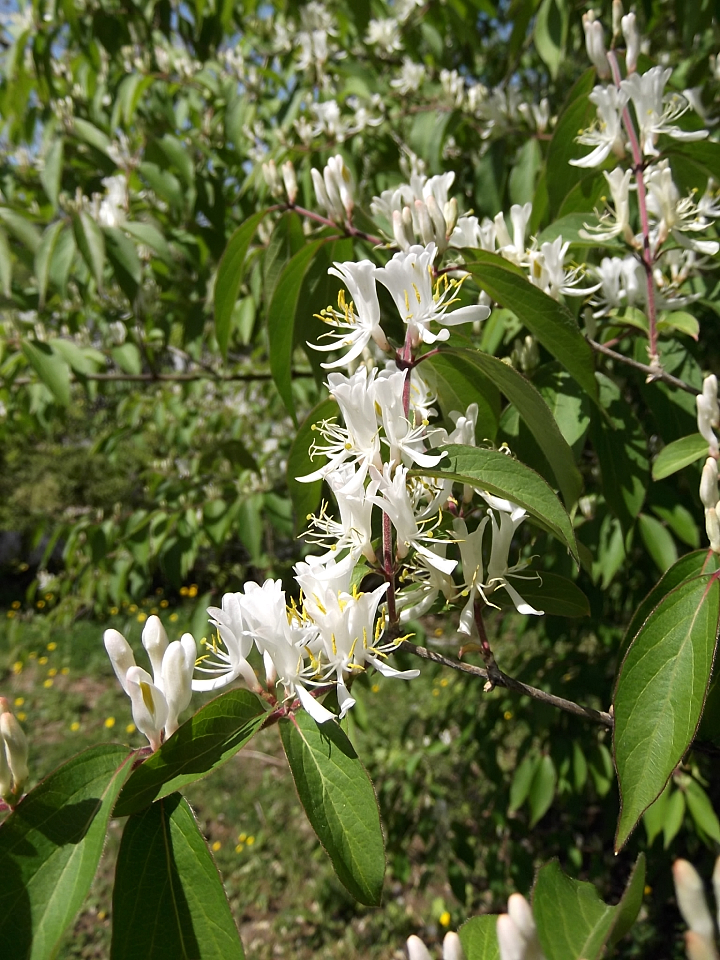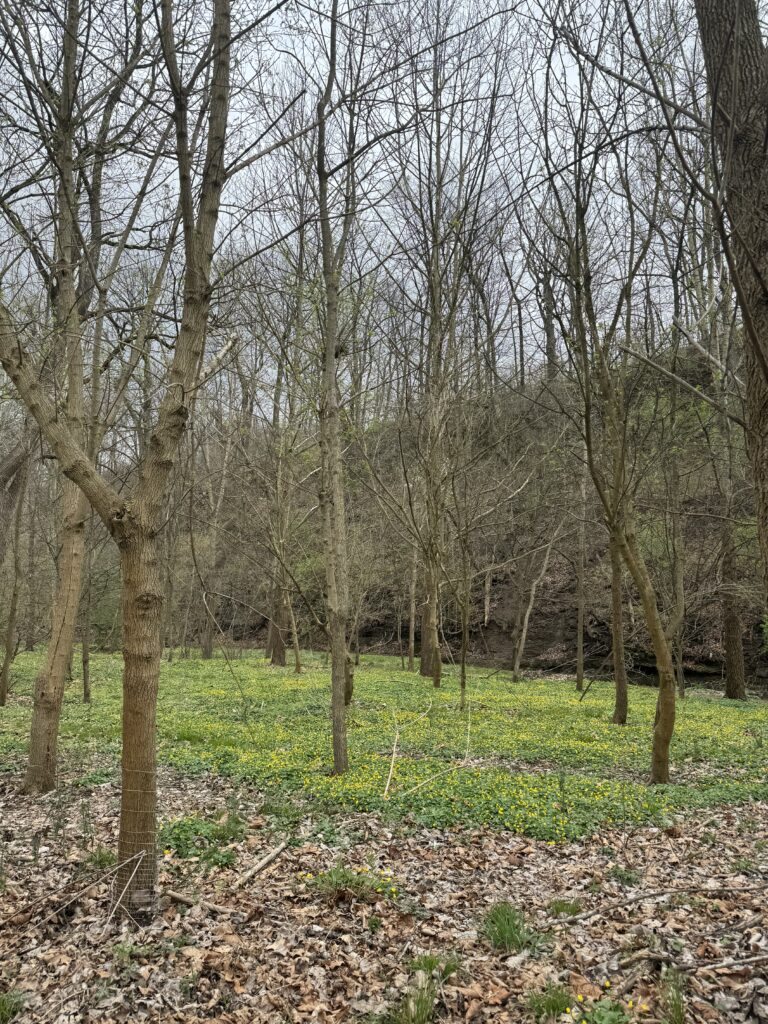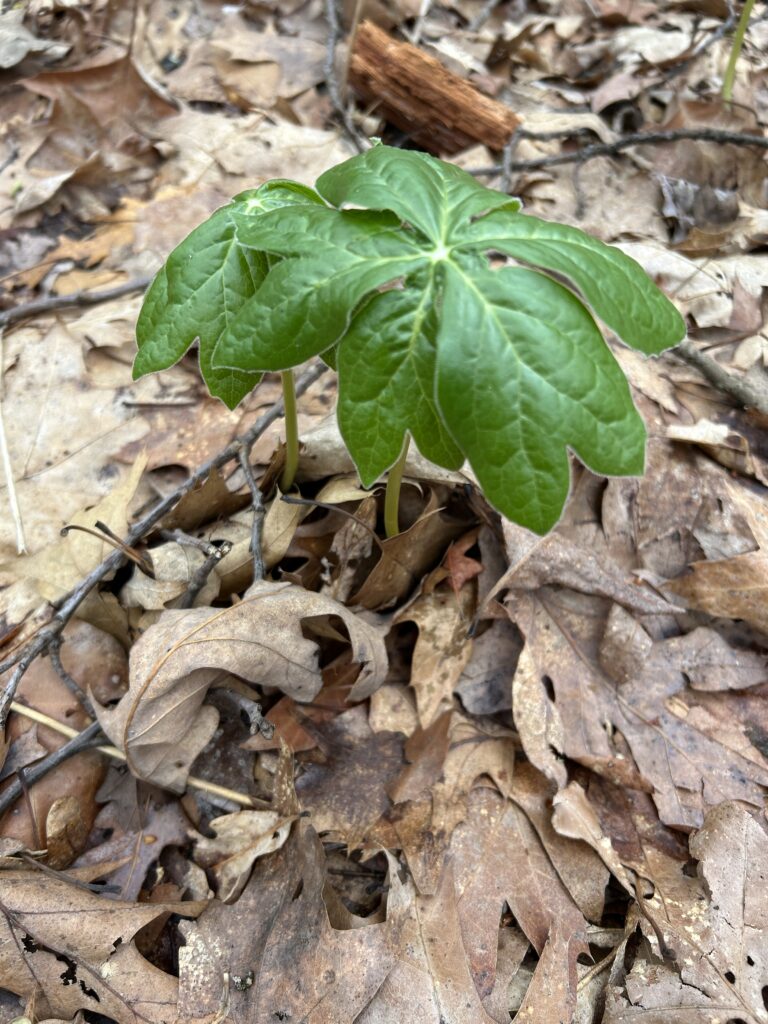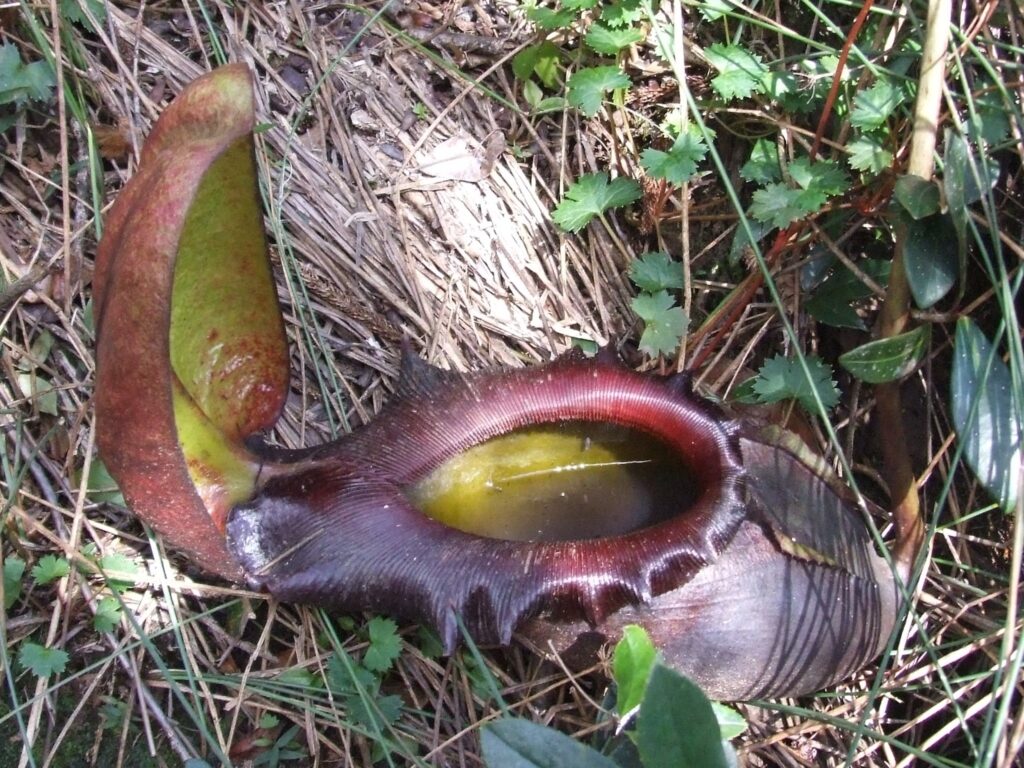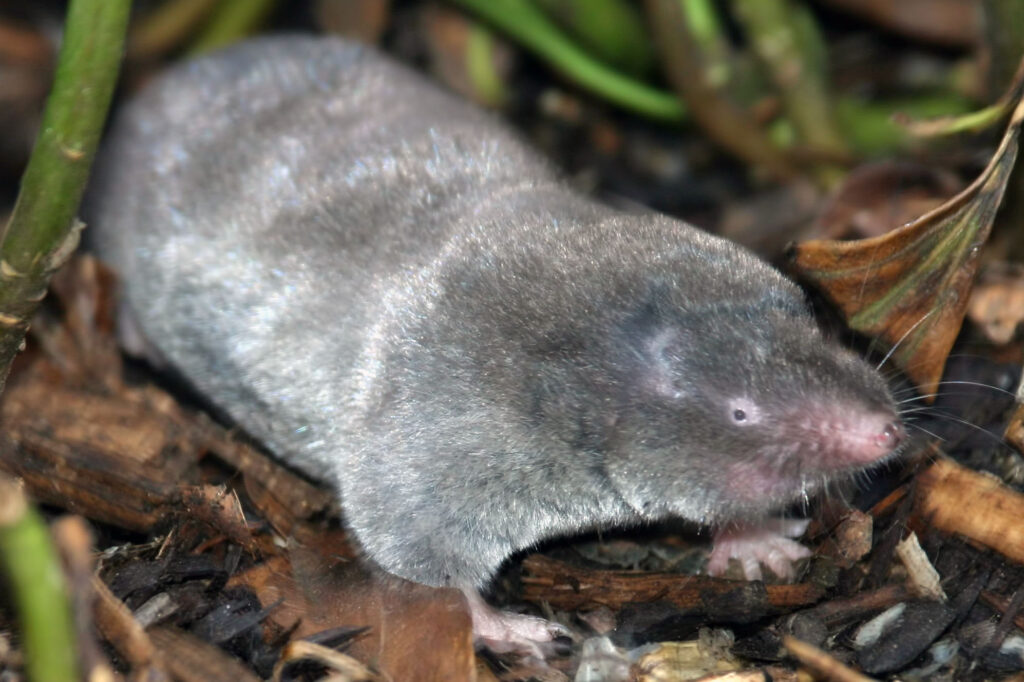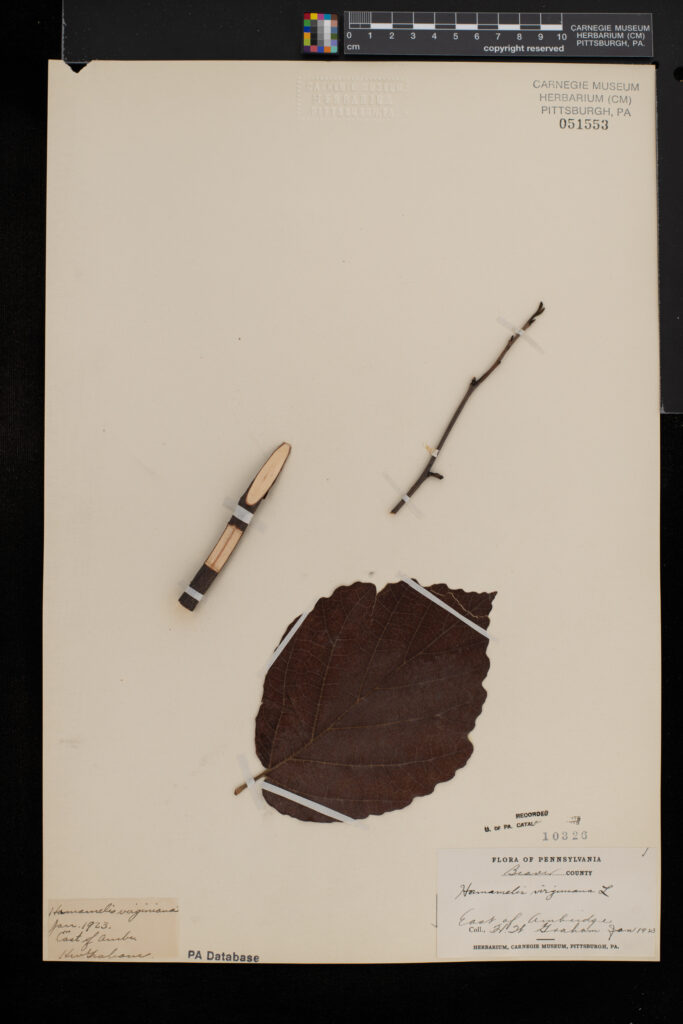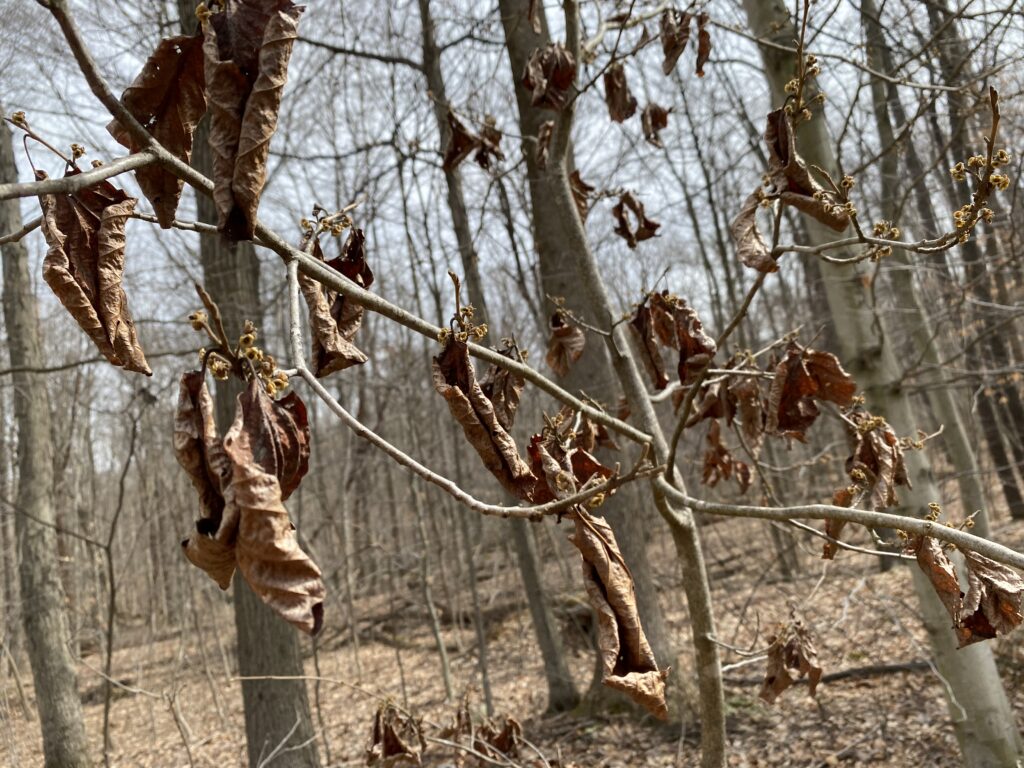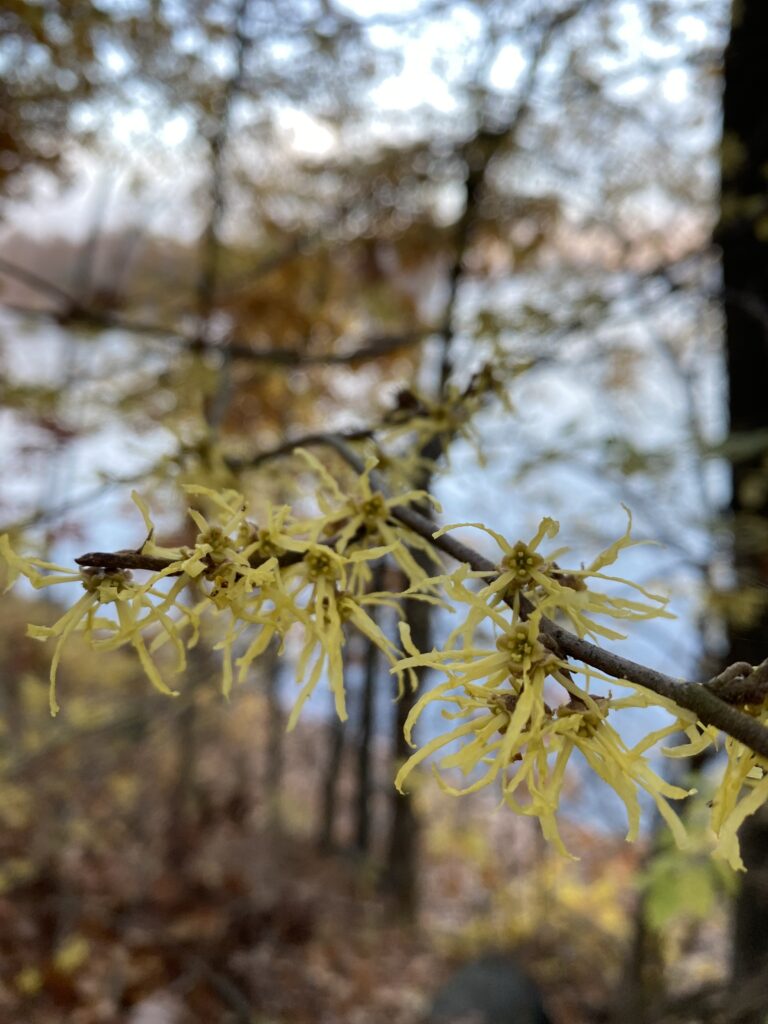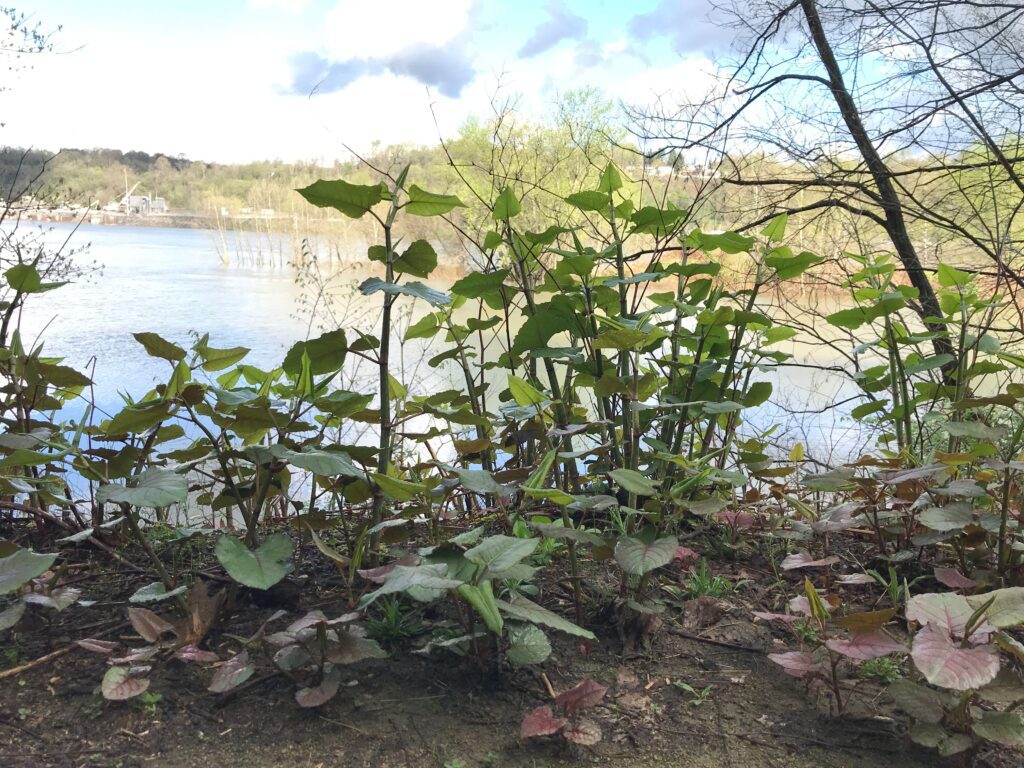by Jessica Romano
Every spring people all over the world join in the City Nature Challenge, a global effort to safely document and identify nature through the free and easy-to-use iNaturalist app. For the seventh consecutive year, Carnegie Museum of Natural History staff were among the participants taking on the challenge in and around the Pittsburgh region – and in 2024, the results were record-breaking! Totals for regional participants, identifiers, observations, and number of species hit their highest in the history of the challenge, thanks to a combination of warm, dry spring weather and dedication from participants. Observations and identifications made during the challenge are shared with scientists around the world, helping to both document and better understand the diversity of species around us.
Here are the totals from the Pittsburgh Region City Nature Challenge 2024 (CNC) – which are all records for this region’s participation!
Total participants who made observations: 643
Total participants who made identifications: 562
Total observations made: 10,050
Total species identified: 1,753
Total identifications: 16,875
Plants topped the list for observed species, with about 46% of the total, followed by insects with about 27% of the total. Other species identified but in smaller totals include fungi, birds, arachnids, mammals, reptiles, amphibians, and mollusks.
Mayapple (Podophyllum peltatum) took the top spot overall. This native plant species sprouts early in spring with long stems and umbrella-like leaves. The rest of the top 10 species are all plants, with the exception of the Red Admiral (Vanessa Atalanta), a beautiful butterfly with red bands on the wings. The most observed bird, the American Robin (Turdus migratorius),took spot 17, and at spot 26, the White-tailed Deer (Odocoileus virginianus) was the most observed mammal.
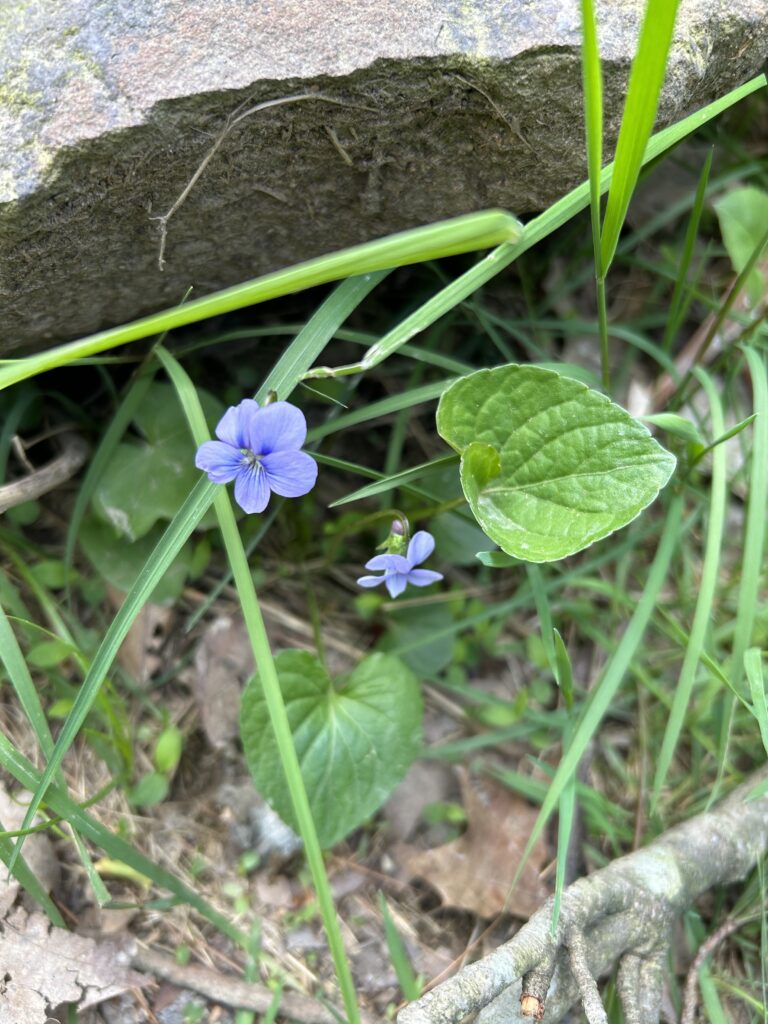
With plants claiming nine of the top ten spots, it’s fitting to get perspective from the museum’s Section of Botany, who not only participate, but whose dedication puts them at the top of the list. Although they are literally professionals at looking for plants, the common message from the Botany staff is that anyone can do this challenge! The objective is to document nature all around us, from parks to neighborhood streets to city blocks and beyond.
Reflections from the Section of Botany Scientists
Curatorial Assistant Alyssa Landa made a point to visit similar spots that she visited last year, as well as around her yard and street to look at things she walks past every day. “CNC is a great reminder to check out places near me,” Alyssa said. “The big thing for me this year is just the number of new-to-me species I was able to log, just by taking that little bit of extra time to pay attention to what’s around that I might not otherwise be drawn to or notice! This time of year is always really exciting to me, and CNC is a fun reminder that there’s still so much to learn. It’s also a reminder to revisit my old, well-known (plant) friends too.” And her efforts made a difference! Alyssa logged the second highest total identifications, putting her expertise to excellent use.
A steadfast champion for the City Nature Challenge, Associate Curator of Botany Mason Heberling uses the challenge to check out the woods nearby where he lives. “I get caught up in other things and forget to appreciate the hyper-local diversity, within walking distance,” Mason said. “I make it a point to visit the same woods by my house every CNC.” Despite travelling out of the area for much of the challenge, Mason logged nearly 100 local observations!
And then there’s Bonnie Isaac, the section’s Collection Manager. Although City Nature Challenge is not a competition, it’s worth noting and applauding Bonnie’s efforts – she logged the highest number of both observations and identifications in the Pittsburgh region this year! She made 607 observations, which totaled 343 different species, and identified a whopping 1,697 entries! Bonnie shared her reflections about the challenge and described why it’s so important to her.
“When I was young, I could not spend enough time outdoors. I was outside from sunup till sundown or until my folks came looking for me. My curiosity led me to want to know what everything I encountered was. One year one of my sisters gave me a Peterson field guide for Christmas. This led me to discover that there was a whole series of Peterson field guides. Thus began my collecting career. I had to have every Peterson Field Guide that came out. (I now have a complete set of Peterson Field Guides, leather bound editions.) With these guides I could go out and try to identify everything I saw. I was in heaven. I am also a very competitive person. The City Nature Challenge takes what I love to do and makes it into a bit of a competition. I don’t live in the Pittsburgh City Nature Challenge region. I live in Lawrence County. During the pandemic the best I could do was help with identifying observations. Now that I can travel to the Pittsburgh region during the City Nature Challenge. Game on!” – Bonnie Isaac

For this year’s challenge, Bonnie visited Raccoon Creek State Park, Moraine State Park, Bradys Run Park, and Brush Creek Park. “The City Nature Challenge gives me a chance to get outside and see how many different things I can find,” Bonnie said. “Every year I challenge myself to find more species than I did the previous year. I also find identifying observations made by others somewhat satisfying. I get a chance to hone my identification skills and I get to see what others have found.”
Even for a botanist with decades of experience like Bonnie, each year brings surprises. “Every year there are surprises that I didn’t expect. I’ll discover that something is blooming that I didn’t think would be blooming yet, or I might find that someone found a plant growing in an area where I wouldn’t have expected it.”
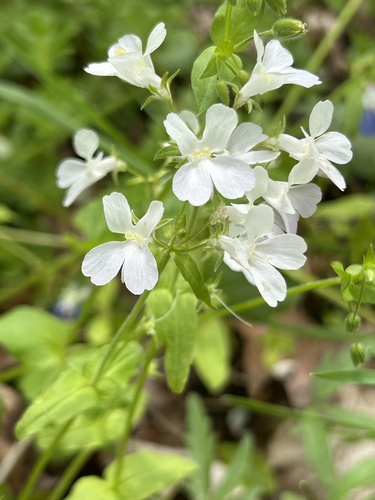
Bonnie continued, “The top observations tend to be some of the same things, many plants that are not native to the area. It’s the things with only a couple observations that I find the most interesting. It’s these unusual observations that keep me eager to see what nifty things are being found basically in our own backyards. It also keeps me energized to get out and find more and to look closer for the minute details that might separate one species from another.”
The iNaturalist app also allows for recordings of bird song, frog calls, and other sounds. Bonnie connected with a user who identified a unique feature on one of her uploaded recordings. “One of the surprises for me was someone contacting me to let me know that one of my bird recordings had gray tree frogs singing in the background.”
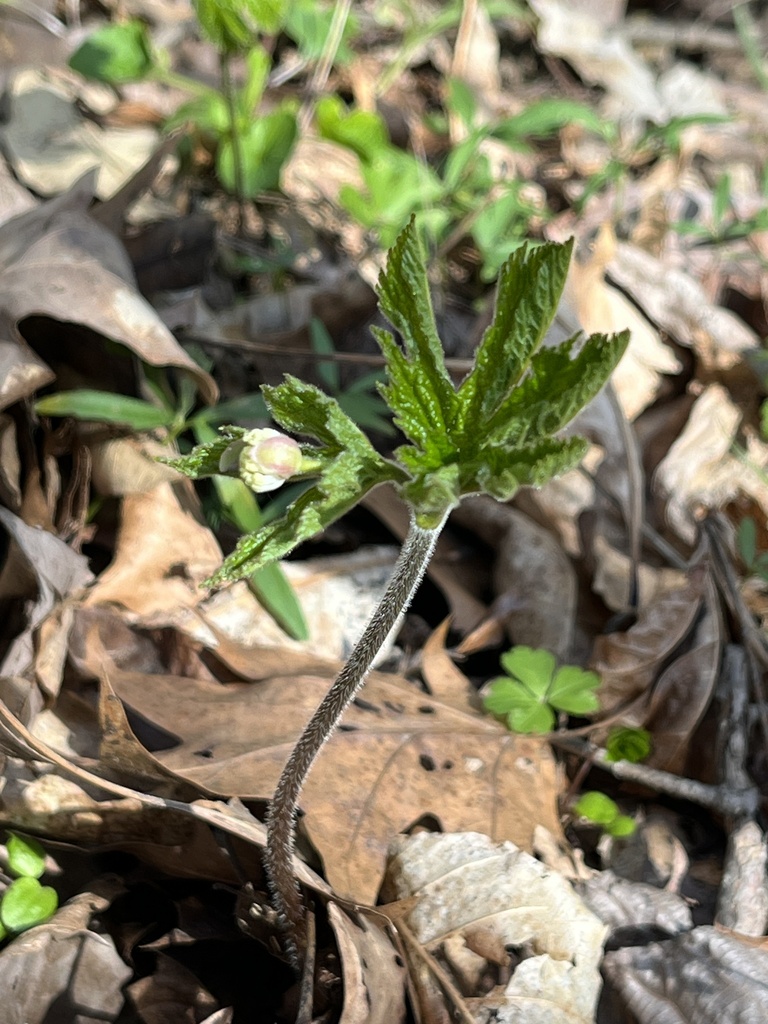
A Global Effort with Big Results
City Nature Challenge 2024 was not just a success in Pittsburgh – globally the number of cities participating increased to 690 this year, a big jump from 482 cities in 2023! Here are a few of the worldwide stats:
Total participants: 83,528 in 690 cities in 51 countries
Total observations made: 2.4 million
Total species identified: 65,682
The big winner across the board, with most observations, species, and participants is La Paz, Bolivia!
The City Nature Challenge returns next spring. Let’s see if we can build on the truly remarkable success of 2024!
Jessica Romano is Museum Education Writer at Carnegie Museum of Natural History.
Related Content
Snags, Logs, and the Importance of a Fallen Tree
City Nature Challenge: A 2022 Reflection
The City Nature Challenge Family Experience
Carnegie Museum of Natural History Blog Citation Information
Blog author: Romano, JessicaPublication date: May 22, 2024

